Understanding Fringes, Meal Penalties, and Guarantees in Union Payroll

In union payroll, the rate is only one part of the equation. Behind every paycheck are complex layers of rules, including fringe contributions, penalties, and contractual guarantees. These elements are essential for compliance with union agreements, and missing any of them can lead to costly reprocessing, back payments, or audit findings.
Even experienced payroll teams can struggle to navigate the overlapping requirements across IATSE, Teamsters, DGA, and SAG-AFTRA contracts. However, understanding how these components work together can help prevent mistakes and streamline payroll.
This article explains how fringes, meal penalties, and guarantees function in union payroll. By mastering these elements, you can build a more accurate, compliant, and efficient payroll process.
What Are Fringe Contributions and How Are They Calculated?
Fringe contributions are payments that productions must make on top of wages to fund union benefit plans. These contributions support health coverage, pensions, and individual retirement accounts for union members. The most common fund in the entertainment industry is the Motion Picture Industry Pension and Health Plans (MPIPHP), which applies to many Los Angeles and New York City IATSE and Basic Crafts locals.
Fringe contributions are not optional. Each union contract specifies how they must be calculated, and the required contribution rates are published by the benefit fund or outlined in the agreement.
Most contributions are calculated as a percentage of gross wages. However, "gross wages" may be defined differently depending on the benefit component:
- The MPIPHP requires contributions to multiple benefit components, including health, pension, and the Individual Account Plan (IAP).
- Some contracts require contributions on premiums, rest period violations, or other payments. Others exclude them.
- Different locals may have unique requirements, especially for overscale or tiered productions.
Contribution rates also vary across classifications and change periodically, sometimes during a contract cycle. It is essential to verify the current rate sheets before processing payroll.
Tool Tip:
Always confirm whether the wage is scale or overscale, and make sure the classification is properly coded. This determines the correct fringe base and rate.
The Truth About Meal Penalties and Grace Periods
Meal penalties are among the most frequently triggered payroll items on union productions. Almost every union agreement sets clear rules around when meal breaks must be provided. If those rules are not followed, the employer owes financial penalties to the employee.
The most common rule, found in both union contracts and California Wage Order 12, requires that the first meal break be provided no later than six hours after the employee’s call time. If this is missed, penalties begin to accrue.
Here’s how it generally works:
- The first meal penalty is usually 30 minutes paid at either a set rate or an hourly rate.
- Additional violations result in longer or higher-rate penalties, such as one hour at time and a half or double time, sometimes called prevailing rate penalties.
- Penalties continue until a proper break is provided.
Some agreements allow a grace period of 12 minutes to delay lunch. However, grace periods must not be scheduled in advance and must be noted on the call sheet. They cannot be applied retroactively or casually.
Meal penalties are paid in addition to the guaranteed hours and are typically not pensionable unless stated otherwise in the agreement.
Tool Tip:
If a crew member works more than six hours without a meal, and no grace period was approved and documented, a penalty is required. This applies whether or not the employee files a complaint.
Daily and Weekly Guarantees: What to Watch For
Guarantees are a cornerstone of union payroll. They define the minimum number of paid hours a crew member must receive once they are called to work, regardless of how long they are actually on set.
Most daily hires are guaranteed a full day of pay, which typically means:
- 8 hours for most classifications
- 9 hours for certain post-production and sound positions
- 10+ hours for specific roles like script supervisors
Weekly guarantees are used when employees are hired on a weekly basis. These employees are guaranteed a minimum number of paid hours across the entire workweek. If a weekly employee is released early without proper notice or authorization, they may still be owed their full guarantee.
Key considerations include:
- If an employee works fewer hours than their guarantee, they still must be paid the full amount.
- Penalties, such as meal violations or rest period premiums, must be paid in addition to the guarantee unless the agreement allows offsetting.
- If an employee works two separate calls in one day, each call may trigger a new guarantee depending on the contract and classification.
Tool Tip:
Do not reduce an employee’s guaranteed hours to offset penalties. These must be added on top unless the agreement explicitly allows otherwise.
Common Mistakes That Trigger Reprocessing
When payroll is submitted with errors in fringe calculations, penalty payments, or guarantees, it often needs to be reprocessed. Reprocessing not only delays payment but can also affect benefit contributions, frustrate crew, and expose the production to compliance risks.
The most common mistakes include:
- Calculating fringe contributions based on the wrong wage base
- Omitting penalties when meal or rest violations occur
- Reducing guarantee hours after an early wrap
- Failing to update occupation codes when an employee performs a higher-paid job
- Paying late or using outdated fringe rates, which results in underfunding benefit plans
These issues can also create problems in benefit audits, especially with MPIPHP and IANBF. If reported earnings or hours do not align with what was actually paid, the fund may issue findings or request back contributions.
Even payroll systems with built-in union logic can produce incorrect results if the inputs are wrong. That’s why it is essential to review each timecard and ensure all coding, rate types, and classifications are correct before submission.
Tool Tip:
Create a timecard review checklist that includes verifying guarantee hours, checking for missing premiums, confirming fringe bases, and double-checking penalty triggers.
Payroll Systems and Union-Specific Conditions
Most entertainment payroll systems are designed to handle the general structure of union rules. However, they still rely on accurate setup, coding, and interpretation. The system can only follow the rules it has been given.
Here are some areas where payroll systems often need manual intervention:
- Setting up grace period rules and ensuring the penalties are calculated when grace is exceeded
- Applying different fringe bases depending on union, classification, or platform
- Handling dual classifications or bump-ups when an employee works in more than one role in a single day
- Tracking whether guarantees are met or whether short workdays trigger additional pay
Custom setup and periodic review of the payroll system’s logic are essential for union compliance. It is also helpful to work with labor relations consultants or payroll accountants who specialize in union shows and understand the nuances of each agreement.
Tool Tip:
Systems can only process what they are told. Make sure job codes, rate types, and contract flags are reviewed before the first payroll cycle begins.
Final Thoughts
Fringes, penalties, and guarantees are at the heart of union payroll compliance. These are not optional details; they are core terms of the agreement that protect union members and ensure proper funding of health and retirement plans.
By understanding how these elements interact, payroll professionals can reduce costly errors, avoid reprocessing, and help their production stay in good standing with unions and benefit funds.
Take the time to build robust processes, verify fringe bases, document grace periods, and apply guarantees consistently. The effort upfront pays off in reduced audit risk, smoother workflows, and trust from both crew and production teams.









